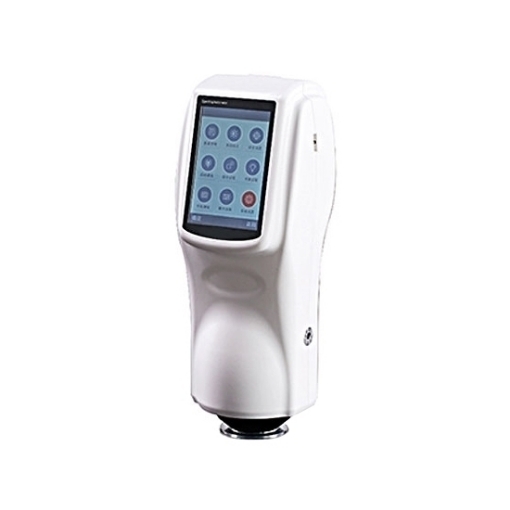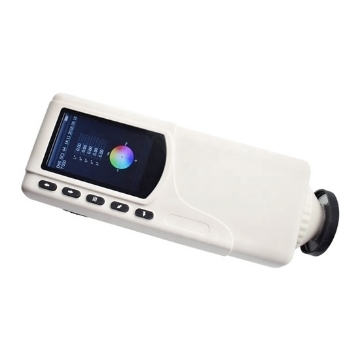Colorimeters are indispensable tools for industries that rely on accurate color measurements, from graphic design and printing to food and beverage production. To ensure the reliability and precision of these devices, they must undergo a meticulous process known as calibration. In this blog, we'll delve into the calibration process for colorimeters, demystifying the steps involved and shedding light on its significance.
Understanding Calibration:
Calibration is the systematic process of adjusting and fine-tuning a measuring instrument to ensure its accuracy matches a known standard. In the context of colorimeters, calibration involves aligning the device's readings with established color standards, such as those defined by the International Commission on Illumination (CIE).
Step-by-Step Calibration Process:
- Preparation: Before calibration, ensure the colorimeter is clean and free from any residue that could affect its measurements. Place the device in a controlled environment with consistent lighting conditions.
- White Calibration: Begin by calibrating the white reference point. This step ensures that the colorimeter recognizes pure white correctly. The device's sensor is placed over a white standard, and adjustments are made to ensure the colorimeter reads it accurately.
- Zero Calibration: Zero calibration sets the baseline measurement for the colorimeter. It accounts for any offsets or variations introduced by factors like ambient light or electronic noise. The colorimeter's readings are adjusted to reflect a neutral, zero value.
- Spectral Calibration: Spectral calibration fine-tunes the colorimeter's response to different wavelengths of light. As color is composed of varying wavelengths, accurate spectral calibration is crucial for capturing nuanced colors. This step involves comparing the device's readings to a known standard and adjusting as needed.
- Color Space Calibration: Some colorimeters allow users to select specific color spaces for measurements, such as CIE XYZ or CIE Lab*. Calibration in this context ensures that the device interprets its readings in alignment with these standardized color spaces.
- Verification: After the initial calibrations, the colorimeter's accuracy is verified using calibrated color reference standards. These standards are well-defined colors with established values. The colorimeter's measurements are compared to these standards, and adjustments are made if any discrepancies are found.
Importance of Calibration:
The calibration process holds immense significance:
- Accuracy: In industries where color accuracy is paramount, such as print production or textiles, precise color measurements are essential. Calibration guarantees that the colorimeter provides accurate readings, maintaining product quality.
- Consistency: Calibrating colorimeters ensures that they deliver consistent results over time and across multiple units of the same model. This is vital for maintaining uniformity in color-critical applications.
- Quality Control: Industries like food, cosmetics, and pharmaceuticals rely on color as an indicator of quality. Calibrated colorimeters allow for effective quality control by ensuring products meet color standards.
- Standardization: Calibration facilitates standardization across different devices. This enables seamless color communication and collaboration across industries and partners.
- Research and Development: In research settings, calibrated colorimeters provide reliable data for exploring new colors and materials. Accurate measurements are essential for making informed decisions.
Calibration is not a one-time process; it should be regularly performed to maintain the colorimeter's accuracy over time and in different conditions. This meticulous calibration process ensures that the colorimeter delivers consistent and accurate results, making it an invaluable test and measurement tool in various industries that rely on precise color analysis.

